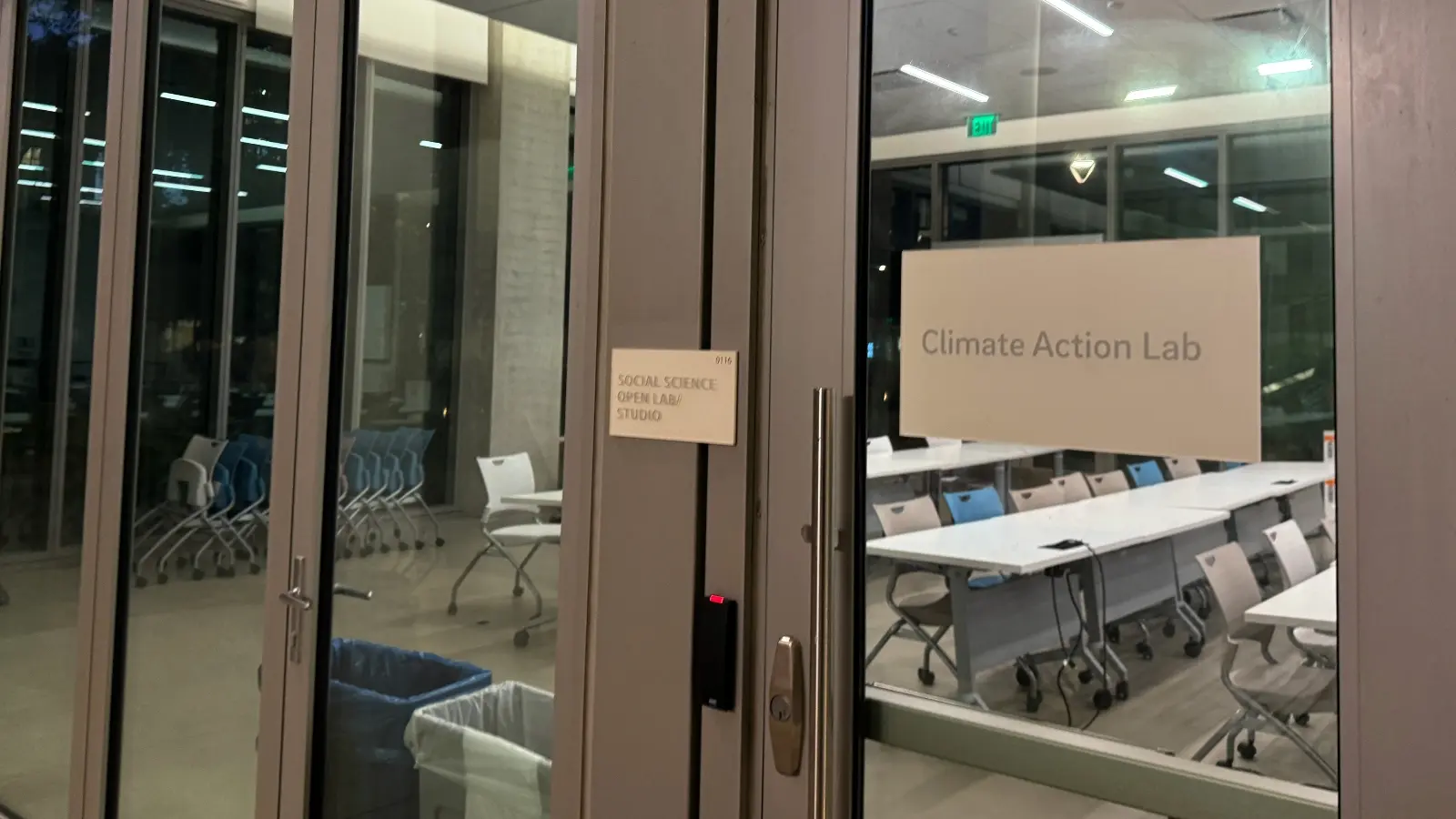Copyright dailymail

When Kristen McKelvie lifted the living room rug inside her family's dream home, she didn't expect to find the nightmare that had been making them sick. For 18 months, the Texas realtor had been desperately searching for answers — trying to explain her baby's stunted growth, her husband's sudden asthma, and her own constant cough and brain fog. The hunt would cost the family nearly $80,000 in medical bills, rent, and replacing belongings that only seemed to make things worse. She would finally stumble on the truth while helping a neighbor figure out why her wooden floors had started turning a strange color. 'I panicked,' she recalled. 'But I also felt some relief — at least we finally knew what was making our daughter sick.' Kristen and her husband Ross had moved into their custom-built house in Georgetown, Texas, in May 2023 believing it would be their forever home. Instead, it became a toxic trap that left their children unwell, drained their savings, and triggered a legal battle that's still ongoing. Their youngest daughter, Lily, was born in November 2023 and seemed healthy at first. But within months, her growth slowed dramatically — she went from being taller than most babies her age to smaller than almost all of them by her first birthday. 'After we moved out, she started growing again,' Kristen said. 'Our pediatrician confirmed something in the house was the cause.' Her eldest daughter, Londyn, suffered daily eczema flare-ups. Ross began wheezing at night. Kristen herself battled exhaustion and anxiety. As the family's health declined, she couldn't shake the feeling that something inside the house was to blame — but she had no idea where to look. All the while, she was helping a neighbor down the street investigate strange discoloration on their hardwood floors — never suspecting her own home was hiding the same problem. 'I was helping someone else troubleshoot their home,' she said, 'while we were living in one that was making us sick.' What she didn't realize then was that her neighbor's gray-green floors were a warning sign of what was happening in her own house. 'They said they didn't know what was causing it,' she recalled. 'I told them it looked like moisture and that they should call the builder.' Over the next few months, McKelvie helped the neighbor coordinate inspections from plumbing, HVAC, and foundation experts. As a realtor, she was used to problem-solving for clients — but it never crossed her mind that her own home might be facing the exact same issue. 'Looking back, it's almost surreal,' she said. 'I was helping someone else troubleshoot their house while we were living in one that was quietly making us sick.' By early summer 2024, humidity inside the McKelvies' house was routinely 60 to 70 percent. 'We got a dehumidifier, and we'd have to dump it twice a day,' she said. 'It was full every time.' In October 2024, while checking her client's house again, she suddenly thought about the rugs in her own home. 'I realized I hadn't checked under them for moisture,' she said. When she returned home and used a moisture meter, it lite up immediately. It detected high levels beneath the living room rug. 'Underneath was mold covering nearly the entire 11-by-11-foot area.' The family moved out on October 28, 2024, after being told by the builder that remediation would take about seven weeks. They were promised temporary housing expenses would be covered. The builder arranged for a company to clean their belongings and move them into storage. However, the payments for housing didn't come as promised. 'We didn't receive any payments until months later,' she said. 'And those eventually stopped in April 2025.' The family had already been struggling with the medical consequences. Their youngest daughter Lily, born in November 2023, had fallen sharply on the growth charts. 'She went from the 57th percentile in height at four months to the 5th percentile by twelve months,' the mother said. The statistic means she dropped from being taller than more than half of babies her age to shorter than nearly all of them. After moving out, the baby's growth rebounded to the 20th percentile. 'Our pediatrician confirmed that the mold was the cause.' The adults weren't spared. Her husband Ross developed adult-onset asthma: 'He started wheezing at night,' she said. McKelvie herself developed a persistent cough and was diagnosed with Epstein-Barr virus, which her body hasn't been able to clear due to inflammation. 'My numbers are still high,' she said. 'I've also struggled with anxiety and depression.' 'I experienced itchy arms, and I had memory issues while living in the house — I would literally forget what I was thinking about 15 seconds prior,' she said. While living in a rental they noticed that their symptoms were improving, but not by much. 'We didn't yet understand how dangerous mold contamination could be,' she explained. After the remediation team cleaned all of the items, McKelvie brought an air purifier from the old house, 'when I opened it to give it an additional clean myself, I discovered the old, dirty filter still inside. It hadn't been cleaned at all. That was when I started losing trust in the remediation process.' Her daughter's sleep initially improved in the rental but then worsened again. Eventually, the mother realized that porous items from the mold house — like a foam play couch — were still causing flare-ups. 'After one bad flare-up, we threw it out,' she said. By February 2025, the family had already spent around $80,000 on mold-related expenses — rent, medical bills, and replacing belongings. That's not even counting their ongoing mortgage on the uninhabitable home. 'We're paying the mortgage, utilities, and even higher insurance now since it's classified as vacant,' she said. The costs forced them to make drastic decisions. 'We eventually purchased a new home nearby because renting long-term was financially impossible,' she said. 'My dad co-signed on the new loan, and I used my realtor commission toward the down payment. Otherwise, we couldn't have managed it.' When they moved into the new house, they brought almost nothing. 'Just my wedding ring, laptop, and phone,' she said. 'We replaced everything else from scratch.' All their remaining belongings — baby blankets, yearbooks, her wedding dress — remain locked in a storage unit arranged by the builder. 'I only know its location because I left an AirTag in a box,' she said. 'I've been denied the key and can only visit if escorted.' The builder hired two remediation companies. The first 'did a poor job,' she said, and the second took over. But a year later, the builder still hasn't provided a clear explanation for what caused the moisture and mold. 'They haven't told us what the actual issue is,' she said. 'We've hired experts ourselves and have an idea, but we still don't have an official fix.' The McKelvies have now joined several others in filing lawsuits against the builder. 'It's been extremely challenging financially and emotionally,' she said. Her goal now is to use her experience to help others who might find themselves in the same position. 'I hope our story helps others understand how devastating mold exposure can be,' she said. 'I want to build resources to help people — lists of mold-literate doctors, remediation experts, and step-by-step guidance for what to do if this happens to you.' A year after discovering the mold, the family is still paying for two homes and still dealing with lingering health issues. Around 47 percent of American homes have dampness or mold issues, according to real estate website Ruby Home. Mold can grow in as little as 24 to 48 hours after water exposure and may be hidden behind walls or inside heating, ventilation, and air conditioning (HVAC) systems. Click here to donate to the McKelvie family's GoFundMe.



